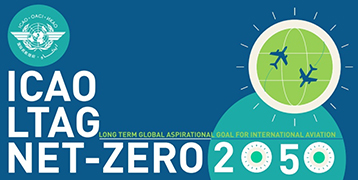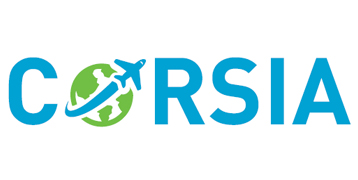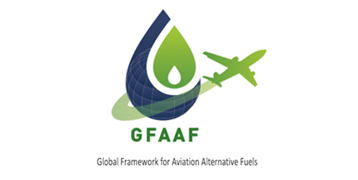Technology Route Options of China’s Sustainable Aviation Fuel: Analysis Based on the TOPSIS Method
Energies
• Volume 16
(2023)
• pp. 75-97
FEATURED BOOK
Developing production technology pathways of sustainable aviation fuel (SAF) that align with China’s national conditions and aviation transportation needs is crucial for promoting the SAF industry and achieving China’s carbon peak and carbon neutrality goals. This article first projects the future SAF demand in China for the coming decades. Using SAF demand data as an input, this article employs the TOPSIS analysis method to comprehensively evaluate the suitability of four SAF production technology pathways at different stages of development in China, which are Hydroprocessed Esters and Fatty Acids (HEFA), Alcohol-to-Jet (AtJ), Natural Gas + Fischer–Tropsch Synthesis (G + FT), and Power-to-Liquid (PtL). The research results reveal the following trends: HEFA-based processes are the most suitable technology pathways for China in the near term; the G + FT route, based on energy crops, appears the most likely to support civil aviation needs in the medium to long term. In the long run, the PtL route holds significant potential, especially with the decreasing costs of green electricity, advancements in carbon capture, utilization, and storage (CCUS) technology, and improvements in SAF synthesis methods. In the final section of this article, we provide recommendations to drive the development of the SAF industry in China.
sustainable aviation fuel; demand prediction; technology pathways; TOPSIS; segmented ensemble prediction
4 total downloads



 Back
Back



